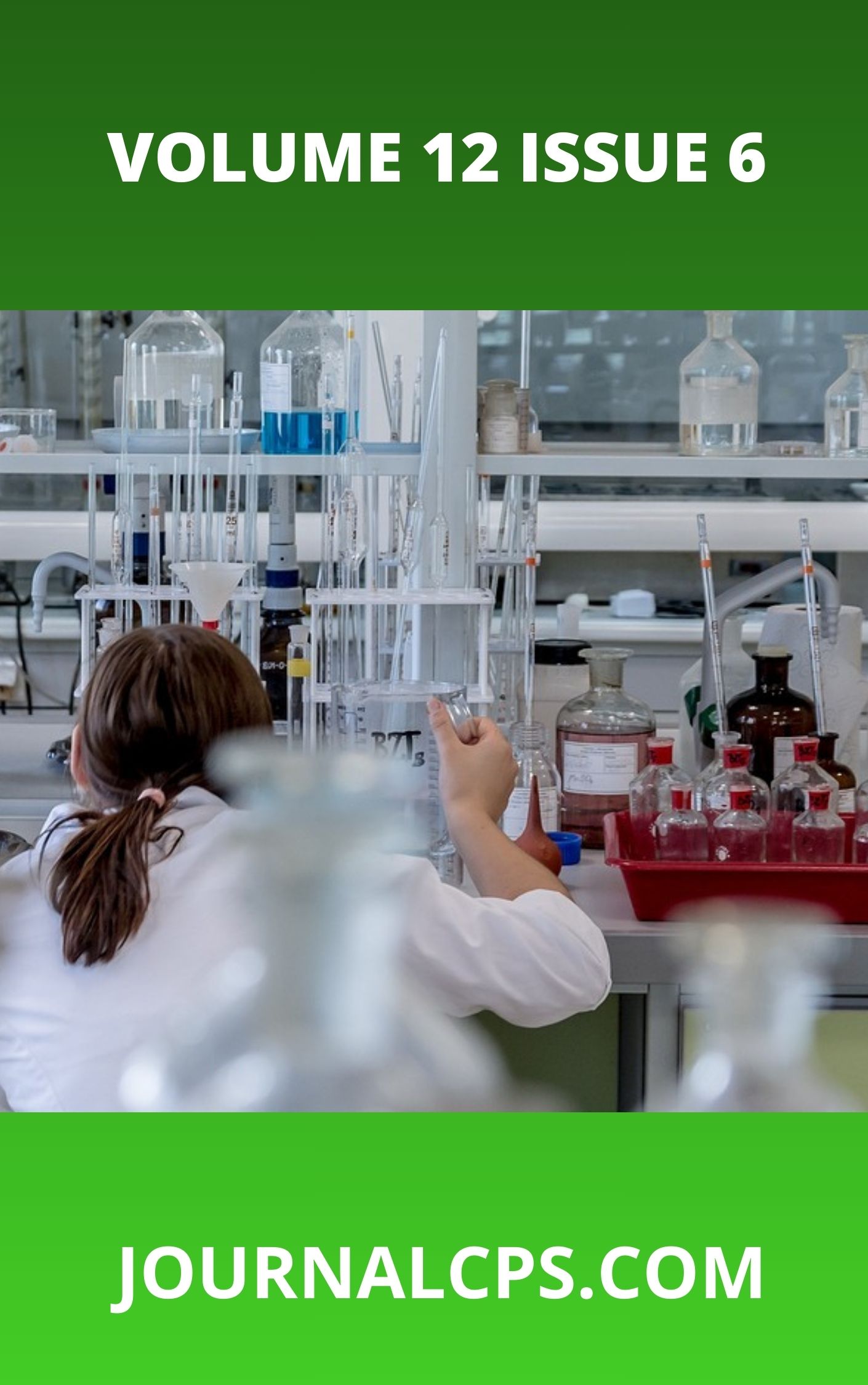Coastal Hazard Risk Assessment in a Changing Climate: A Review of Predictive Models and Emerging Technologies
Keywords:
Climate change, Coastal hazard, risk assessment, Predictive modeling, Machine learning, GIS, Remote sensing, Coastal resilience.Abstract
Climate change is one of the most significant problems facing the coastal regions throughout the entire world, exposing communities, infrastructure, and ecosystems to the risks of erosion, storm surges, floods, and sea level rise. Traditional risk assessment of coastal hazards using statistics-based techniques and deterministic models has been found useful, but is typically insufficient to capture a non-stationary climate regime and compound events. The paper establishes a coherent system to apply predictive analytics and new technologies to evaluate the risks associated with climate-induced events in the United States' coastal communities. Probability hazard maps from sea level rise, regional climate model, socioeconomics, and environmental features are developed using GIS and Random Forest, Extreme Gradient Boosting, and K-Nearest Neighbour. Due to the development of early warning systems, digital twins, the Internet of Things, next-generation monitoring satellite systems, and big data analytics, coastal management can become more proactive. In addition to providing a decision-making tool for resource distribution, treatment prioritization, and long-term adaptation planning, the resulting projection was more accurate with the system. In bringing together machine learning, geospatial analysis, and technology advances, the study provides a compelling window for resilience-building, adaptive management, and sustainable coastal risk management under accelerated climate change.
Downloads
Published
Issue
Section
Similar Articles
- Samira Sanni, A Review on machine learning and Artificial Intelligence in procurement: building resilient supply chains for climate and economic priorities , Communication In Physical Sciences: Vol. 11 No. 4 (2024): VOLUME 11 ISSUE 4
- Forward Nsama, Strategic Development of AI-Driven Supply Chain Resilience Frameworks for Critical U.S. Sectors , Communication In Physical Sciences: Vol. 12 No. 5 (2025): Vol 12 ISSUE 5
- Yisa Adeniyi Abolade, Bridging Mathematical Foundations and Intelligent Systems: A Statistical and Machine Learning Approach , Communication In Physical Sciences: Vol. 9 No. 4 (2023): VOLUME 9 ISSUE 4
- Aramide Ajayi, Anuoluwapo Rogers, Emmanuel Egyam, Justin Nnam, Chidinma Jonah, Leveraging Machine Learning for Predictive Analytics in Mergers and Acquisitions: Valuation, Risk Assessment, and Post-Merger Performance , Communication In Physical Sciences: Vol. 8 No. 4 (2022): VOLUME 8 ISSUE 4
- Franklin Akwasi Adjei, Artificial Intelligence and Machine Learning in Environmental Health Science: A Review of Emerging Applications , Communication In Physical Sciences: Vol. 12 No. 5 (2025): Vol 12 ISSUE 5
- Mujeeb Abdulrazaq, Rare-Event Prediction in Imbalanced Data: A Unified Evaluation and Optimization Framework for High-Risk Systems , Communication In Physical Sciences: Vol. 9 No. 4 (2023): VOLUME 9 ISSUE 4
- Christianah Oluwabunmi Ayodele, Esther Oludele Olaniyi, Chukwuebuka Francis Udokporo, Applications of AI in Enhancing Environmental Healthcare Delivery Systems: A Review , Communication In Physical Sciences: Vol. 12 No. 5 (2025): Vol 12 ISSUE 5
- Adebayo Adegbenro, Arinze Madueke, Aniedi Ojo, Cynthia Alabi, AI-Driven Wealth Advisory: Machine Learning Models for Personalized Investment Portfolios and Risk Optimization , Communication In Physical Sciences: Vol. 8 No. 4 (2022): VOLUME 8 ISSUE 4
- Raymond Sugar Ebere Amougou, AI-Driven DevOps: Leveraging Machine Learning for Automated Software Delivery Pipelines , Communication In Physical Sciences: Vol. 9 No. 4 (2023): VOLUME 9 ISSUE 4
- Samuel Omefe, Simbiat Atinuke Lawal, Sakiru Folarin Bello, Adeseun Kafayat Balogun, Itunu Taiwo, Kevin Nnaemeka Ifiora, AI-Augmented Decision Support System for Sustainable Transportation and Supply Chain Management: A Review , Communication In Physical Sciences: Vol. 7 No. 4 (2021): VOLUME 7 ISSUE 4
You may also start an advanced similarity search for this article.




